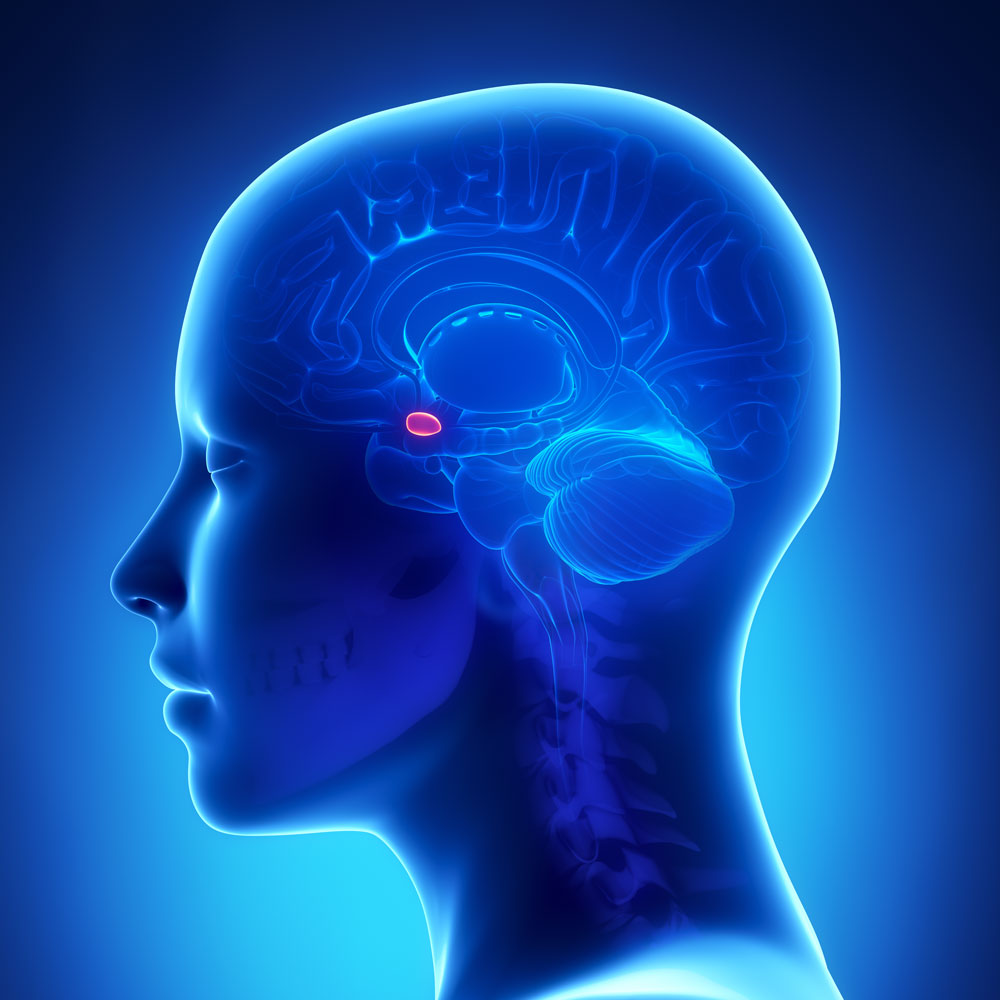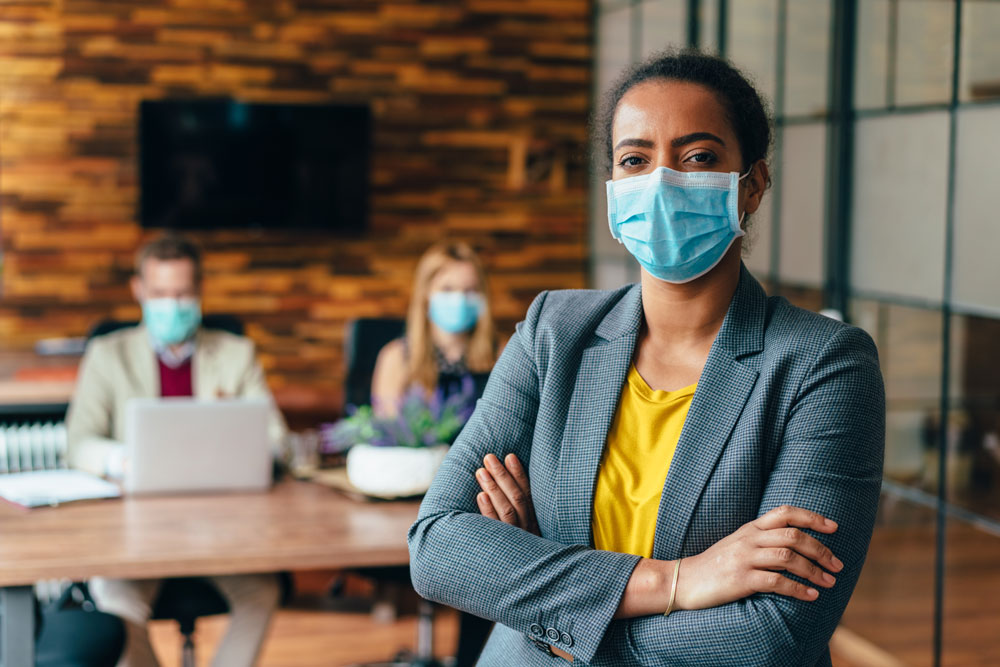Managing Anxiety during a Pandemic
Anxiety is running high right now with millions of people around the world. Social isolation, economic hardship, and protecting the health of ourselves and our families are all battles we face every day in 2020. Finding social support and maintaining a healthy structure in daily activities are more difficult—and more important—than ever. Emerging research is forecasting an increased need for mental health treatment and services in the wake of the COVID-19 pandemic.
To understand how to manage anxiety during the coronavirus pandemic, it’s important to understand the neurobiology of anxiety disorders, evidence-based treatments for anxiety, and tips and resources for how adolescents and adults can cope with challenges during these anxious times.
Anxiety 101
Anxiety is when someone worries about future events with uncertain outcomes. Anxiety is not necessarily bad. It can be a motivator for completing daily tasks and responsibilities. Just because someone experiences anxiety, which we all do from time to time for varying reasons, does not mean they have an anxiety disorder. How a person manages and responds to anxiety is a determining factor in the development of anxiety disorders.
Anxiety Disorders and the Brain

The most important part of the brain in terms of anxiety and anxiety disorders is the amygdala. The amygdala is a small portion of the brain that triggers our fight, flee, and freeze reactions. While these evolutionary instincts keep us safe, they can overwhelm and turn off the prefrontal cortex, the area of our brain that controls critical thinking, emotions, and other executive functions.
When there is prolonged overactivity in the amygdala—like the anxiety, fears, and stresses endured during a pandemic—there also is a decrease in serotonin. Low levels of serotonin can be associated with depression and anxiety.
How Anxiety Affects the Body
The amygdala helps regulate many areas of the body, including the hypothalamic-pituitary-adrenal (HPA) axis, which controls cortisol levels. Excess cortisol has a direct effective on many systems in the body, including the immune system, the metabolic system, and the cardiovascular system. Altered cortisol levels change how the body regulates glucose and energy and increase the risk for having medical issues like heart disease and high blood pressure.
Because there is so much knowledge about how anxiety effects the body, there are many kinds of evidence-based interventions like cognitive behavioral therapy and medication management that can reduce the symptoms of anxiety disorders.
Anxiety in Children and Teenagers
From the monster living under the bed, to the big test coming up in algebra class, or finding a social group to fit into, kids and teenagers face different kinds of anxiety and fear on a daily basis. As with adults, anxiety in teens can be a healthy tool in development. Mastering anxiety or fear creates more opportunity to grow and progress through life’s stages.
Infants are often afraid of loud noises, strangers, or being startled. Toddlers often have separation anxiety, so they might be afraid of the dark or worried about imaginary creatures. School age children begin to worry about performance, getting hurt themselves or of accidents or natural disasters. Older children and adolescents have anxiety related to school performance, their social confidence around friends, or the health of themselves or a loved one. The key for parents is to recognize when anxiety becomes a problem that impairs the normal, age-appropriate functioning of their child.
Persistent unrealistic fear or worry that does not match a child’s developmental stage, previous habits, or general personality can be a red flag. Avoiding interests or activities that they enjoyed in the past can also point to other potential issues. When the star soccer player loses interest in the sport or the math whizz starts to avoid doing their homework are common examples.
Children may also become more aware of or report physical symptoms as well, such as stomach aches or headaches. Much like adults, sleep patterns in teens and adolescents as well as issues with concentration may also point to potential issues of anxiety or fear. Changes in behavior around school, social settings, or the family are another.
Effects of COVID-19 Pandemic on Children and Teens
The COVID-19 pandemic has introduced many kinds of disruptions to normal life that could potentially exacerbate symptoms of anxiety in children. For parents, the first step in combatting COVID-related anxiety and worry is to try to maintain a daily structure and routine as much as possible. Routines can be comforting norms that simultaneously reinforce healthy habits like proper sleep, exercise, and nutrition. Staying connected during times of physical distancing is another important step that parents can take. While we may be physically distant from each other, we can still be socially close thanks to technology.
In 2020, kids also have unprecedented access to news and information, so be mindful of how they are consuming and reacting to media. Program in regular activities that get kids moving or playing. Dust off that box of Monopoly in the closet for a family game night or chart out an adventurous walk around the neighborhood.
How Does Anxiety from COVID-19 Affect Leadership?

Leaders are accustomed to exercising a certain level of control, yet with the COVID-19 pandemic, it is increasingly difficult to control the outside environment. Great leaders who have an internal locus of control acknowledge their own responsibility and contributions to stress, fear, and anxiety that may be present in their various groups, and there are many steps they can take to help their organizations weather this storm. Leaders who traditionally rely more on outside influences rather than an internal compass may find the pandemic particularly challenging and may inadvertently contribute to increased stress or chaos in their organizations.
Leaders should consider how they are using their influence to control areas like the flow of information, daily structure, and interpersonal behavior within the organization. Are you using your influence to make yourself feel more in control as the leader? Or are you taking steps to help address and mitigate the anxiety of all the important people in your organization?
For leaders to be the most effective during anxious times, the information they consume and communicate needs to be accurate, concise, and clear. Use high-quality sources of information and remember that more information, whether it’s being consumed or disseminated, is not always the best option. Do not sacrifice accuracy for clarity. In complex situations, it may be tempting to over-simplify concepts so we can feel that we understand them and have control over the situation.
Outside of decision-making and communicating at work, leaders can increase their sense of control over their own lives through these strategies:
- Ensure the structure of the day mirrors normal habits and routines that have been successful in the past.
- Establish boundaries for work-life-balance.
- Create separate spaces for work and leisure and stick to a similar style and schedule of communication that resembles more normal times.
- Go about each day with an intention to accomplish the tasks that need to be done for that day and in that moment. Focus on the present and understand that things are not in any way normal.
- Introspection can be important. Remain flexible. Innovate and adapt.
- Get plenty of sleep at night. Eat quality food and a well-rounded diet.
- Get moving and exercise at least three or four times a week.
- Maintain a connection to faith and spirituality, and nurture relationships with others.
- Be wary of the troublesome behaviors that can have a negative impact on anxiety and mental health, such as self-medication through drugs and alcohol. Don’t ditch the good habits that you developed to stay healthy and grounded.
When to Seek Help for Anxiety
While COVID-19 has certainly created issues for mental health, be open to the fact that mental or physical issues may have been present long before weeks of quarantine made them bubble to the surface. If symptoms of anxiety, fear, and stress interfere with daily life—even how strange life is these days—seek the assistance of a mental health professional. One positive to the pandemic is that providers are offering more telemental health services for outpatient and day treatment.
Evidence-based Treatment for Anxiety
At Skyland Trail, we attack anxiety disorders in adults and anxiety disorders in adolescents using a combination of evidence-based treatments such as cognitive behavioral therapy (CBT), exposure therapy, medication management, and biofeedback. Skyland Trail also provides comprehensive outcomes research to evaluate and measure the effectiveness of mental health treatment programs for anxiety. In 2019, 89% of patients with anxiety experienced a statistically significant improvement in control of their anxiety according to data collected using the Hamilton Scale of Anxiety.
This blog is based on the 2020 Dorothy C. Fuqua Lecture Series held online in May 2020. Speakers included: Skyland Trail Chief Medical Officer, Raymond J. Kotwicki, MD, MPH, DFAPA; Skyland Trail Medical Director of Professional Services, Ben Hunter, MD; and Barbara J. Coffey, MD, Chair of the Department of Psychiatry and Behavioral Sciences at the University of Miami Miller School of Medicine and member of the Skyland Trail National Advisory Board. The Dorothy C. Fuqua Lecture Series was established in 2010 in honor of Dorothy C. Fuqua, a long-time board member and a great friend of Skyland Trail’s. The goal of the Dorothy C. Fuqua Lecture Series is to unite the larger community to discuss important topics in mental health and positive changes we can all bring about together.
